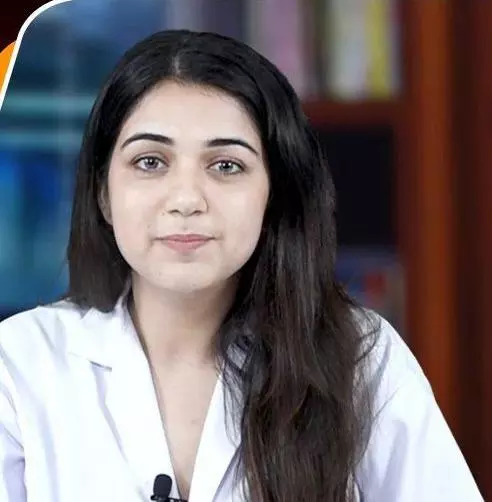- Home
- Medical news & Guidelines
- Anesthesiology
- Cardiology and CTVS
- Critical Care
- Dentistry
- Dermatology
- Diabetes and Endocrinology
- ENT
- Gastroenterology
- Medicine
- Nephrology
- Neurology
- Obstretics-Gynaecology
- Oncology
- Ophthalmology
- Orthopaedics
- Pediatrics-Neonatology
- Psychiatry
- Pulmonology
- Radiology
- Surgery
- Urology
- Laboratory Medicine
- Diet
- Nursing
- Paramedical
- Physiotherapy
- Health news
- Fact Check
- Bone Health Fact Check
- Brain Health Fact Check
- Cancer Related Fact Check
- Child Care Fact Check
- Dental and oral health fact check
- Diabetes and metabolic health fact check
- Diet and Nutrition Fact Check
- Eye and ENT Care Fact Check
- Fitness fact check
- Gut health fact check
- Heart health fact check
- Kidney health fact check
- Medical education fact check
- Men's health fact check
- Respiratory fact check
- Skin and hair care fact check
- Vaccine and Immunization fact check
- Women's health fact check
- AYUSH
- State News
- Andaman and Nicobar Islands
- Andhra Pradesh
- Arunachal Pradesh
- Assam
- Bihar
- Chandigarh
- Chattisgarh
- Dadra and Nagar Haveli
- Daman and Diu
- Delhi
- Goa
- Gujarat
- Haryana
- Himachal Pradesh
- Jammu & Kashmir
- Jharkhand
- Karnataka
- Kerala
- Ladakh
- Lakshadweep
- Madhya Pradesh
- Maharashtra
- Manipur
- Meghalaya
- Mizoram
- Nagaland
- Odisha
- Puducherry
- Punjab
- Rajasthan
- Sikkim
- Tamil Nadu
- Telangana
- Tripura
- Uttar Pradesh
- Uttrakhand
- West Bengal
- Medical Education
- Industry
Scientists make artificial human embryos without sperm or egg - Video
Overview
Researchers at the Weizmann Institute of Science have created an artificial "embryo model" that mimics a 14-day-old human embryo without using sperm, eggs, or a womb. They achieved this by starting with pluripotent stem cells, which can develop into various tissue types, and coaxing them into becoming four cell types found in early human embryos. Think of it like making a cake with cells instead of flour and sugar. By mixing these cells in specific ratios, they created an artificial embryo without harming any eggs.
These artificial embryos grew to resemble 14-day-old embryos, which is the legal research limit in many countries. The detailed structure of these artificial embryos closely resembled real embryos, including features like the placenta-like trophoblast and nourishing cavities.
Reference: Oldak, B., Wildschutz, E., Bondarenko, V. et al. Complete human day 14 post-implantation embryo models from naïve ES cells. Nature (2023). https://doi.org/10.1038/s41586-023-06604-5



